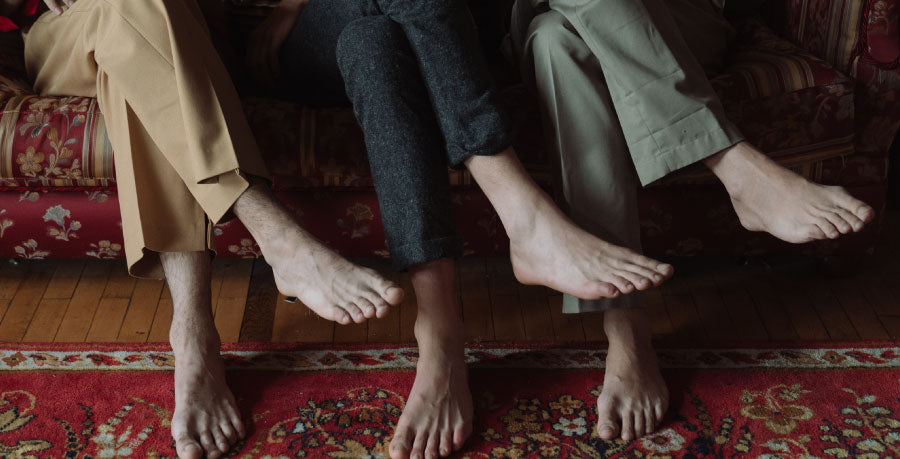Everyone can do so much for foot health! -
"If the skin is nourished, it is protected," says Iveta Skadmane-Šumäker, a medical foot care specialist at the Dermatology Clinic of the Health Center 4 and the Foot Center, and adds that in addition to daily hygiene, it is also important to choose suitable shoes and relieve the stress on the feet.
Foot care can be compared to oral hygiene and teeth cleaning: these are common daily procedures that we carry out ourselves, but sometimes we cannot do without the help of a specialist. If you have toenail or skin problems, with the advice of an expert, you can reach your goal - healthy feet - by the shortest and straightest path.
Iveta Skadmane-Šumäker, a medical foot care specialist at the Dermatology Clinic of the Health Center 4 and the Foot Center, admits that in her practice, it is rare to see very successful results of self-made foot care, rather the opposite. In this regard, advertising does an unsavory job promoting various tools and devices such as heel files and nail clippers. "People think that all they have to do is buy one of the care products and then they will be able to do everything themselves," says the specialist. "But do we fix our teeth at home, for example? You can't examine your own heart either! If there are problems with the feet, they will be best noticed and evaluated by a specialist."
Minimum program
If the skin and nails of the feet are healthy, it is not necessary to visit a care specialist every month. Everyone can do as much to keep their feet healthy as washing them regularly and applying a moisturizing cream twice a day. "If the skin is nourished, it is protected. Cracked heels make it harder for the immune system to function, increasing susceptibility to infections and fungal diseases. Even if the rest of the body is taken care of and dressed accordingly, but the feet are not taken care of, there can be various problems, because the feet have to withstand the full load of our daily activities on a daily basis."
You can also trim your toenails yourself, taking into account their shape. It should not be cut either too long or too short. The desired length of the regrown nail is 1.5-2 millimeters. If it is cut too short, the hyponychium, a specific tissue layer under the nail, begins to thicken. This pushes the nail up, opening the door to infections and other diseases. If the nail stays too long, the toes can no longer feel good in the shoes and break. "In the middle of the nail is the so-called stress zone. If the tip of the nail constantly presses against the shoe, the edges of the nail can break, piercing the soft tissues, promoting nail growth and inflammatory processes," explains the specialist. Also, you shouldn't make a lot of effort to pick out every bit of blackness from the corns: a sharp instrument can injure the skin, microbes enter the wound, inflammation occurs, and pus pockets form. "You don't need to try to scrape out every sock fuzz. It is enough if you rub your toes a little with a brush or massage sponge when washing."
Comfortable shoes suitable for the season are also important - they must be taken care of and changed often enough. If the weather is wet and the boots get wet, but they are not pulled over, the skin of the feet is constantly exposed to descaling, creating a favorable environment for diseases and nail growth. Therefore, it is recommended to change the shoes, dry the wet ones, and disinfect them from the inside.
Feet should be relieved and rested. A healthy lifestyle is equally important, because the health of the feet and toenails is a mirror of the overall condition of the body.

